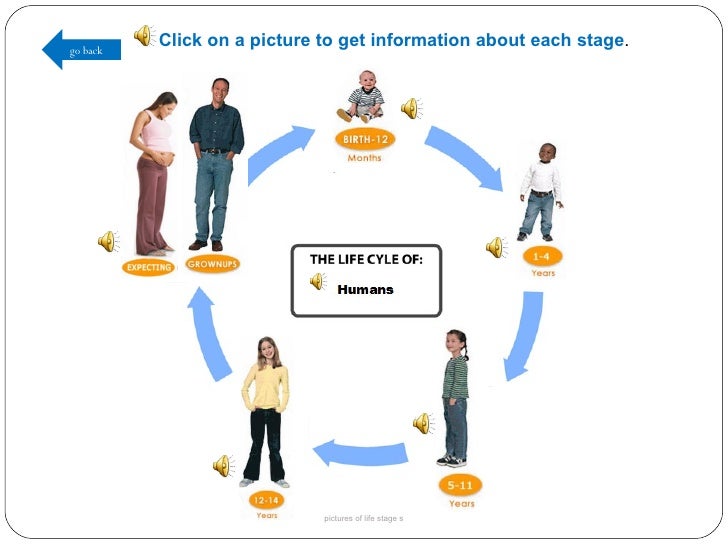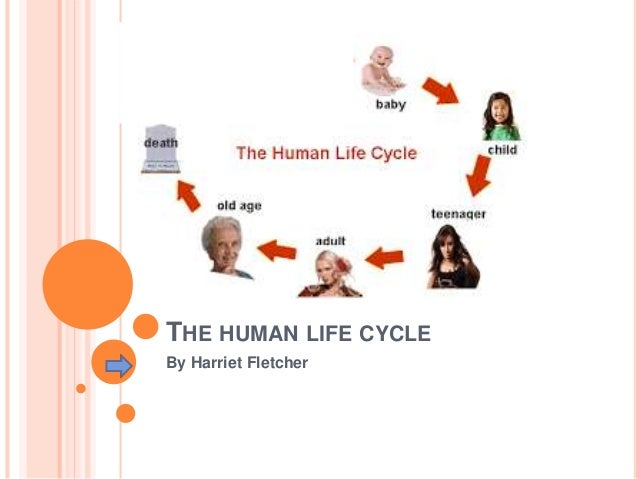
Bee Fact Wheel Make a bee wheel using this 2-page print-out; it consists of a base page together with a wheel that spins around. When you spin the wheel, bee facts and pictures are formed, one at a time, including the life cycle of bees.

The Mountain Gorilla is a massive African gorilla, which is also the largest living primate. It is one of the two subspecies of the ‘Eastern Gorilla’ (with the other one being the ‘Grauer’s Gorilla’, or the ‘Eastern Lowland Gorilla’, the more populous one).

Articles on the life cycle of a frog including tadpoles, types of frogs, fun facts, anatomy –all with lots of Pictures! Also frog coloring pages, clip art, more.
Life Cycle of a Painted Lady Butterfly coloring page from Butterfly category. Select from 29946 printable crafts of cartoons, nature, s, Bible and many more.


Use these worksheets to help students learn about the butterfly’s life cycle stages: egg (first stage), caterpillar (larva stage), chrysalis (pupa stage), and butterfly (adult stage). Click on the the core icon below specified worksheets to see connections to the Common Core Standards Initiative
facts, photos and printable coloring pages. Life Cycles © Contributed by Leanne Guenther. s that Grow Up (Simple Life Cycle):Most s including fish, mammals, reptiles and birds have very simple life cycles:




The Life-cycle of a Butterfly. The life-cycle of a butterfly (and moth for that matter) is a remarkable series of changes between seemingly very different forms culminating in the emergence of a butterfly.
Life Cycle of a Human coloring page from Biology category. Select from 29760 printable crafts of cartoons, nature, s, Bible and many more.
About 550 existing species of amphibians are categorized under the common name of Salamander. The extinct species are grouped under Caudata and the extant ones are grouped as Urodela.
Most ticks go through four life stages: egg, six-legged larva, eight-legged nymph, and adult. After hatching from the eggs, ticks must eat blood at every stage to survive. Ticks that require this many hosts can take up to 3 years to complete their full life cycle, and most will die because they don
